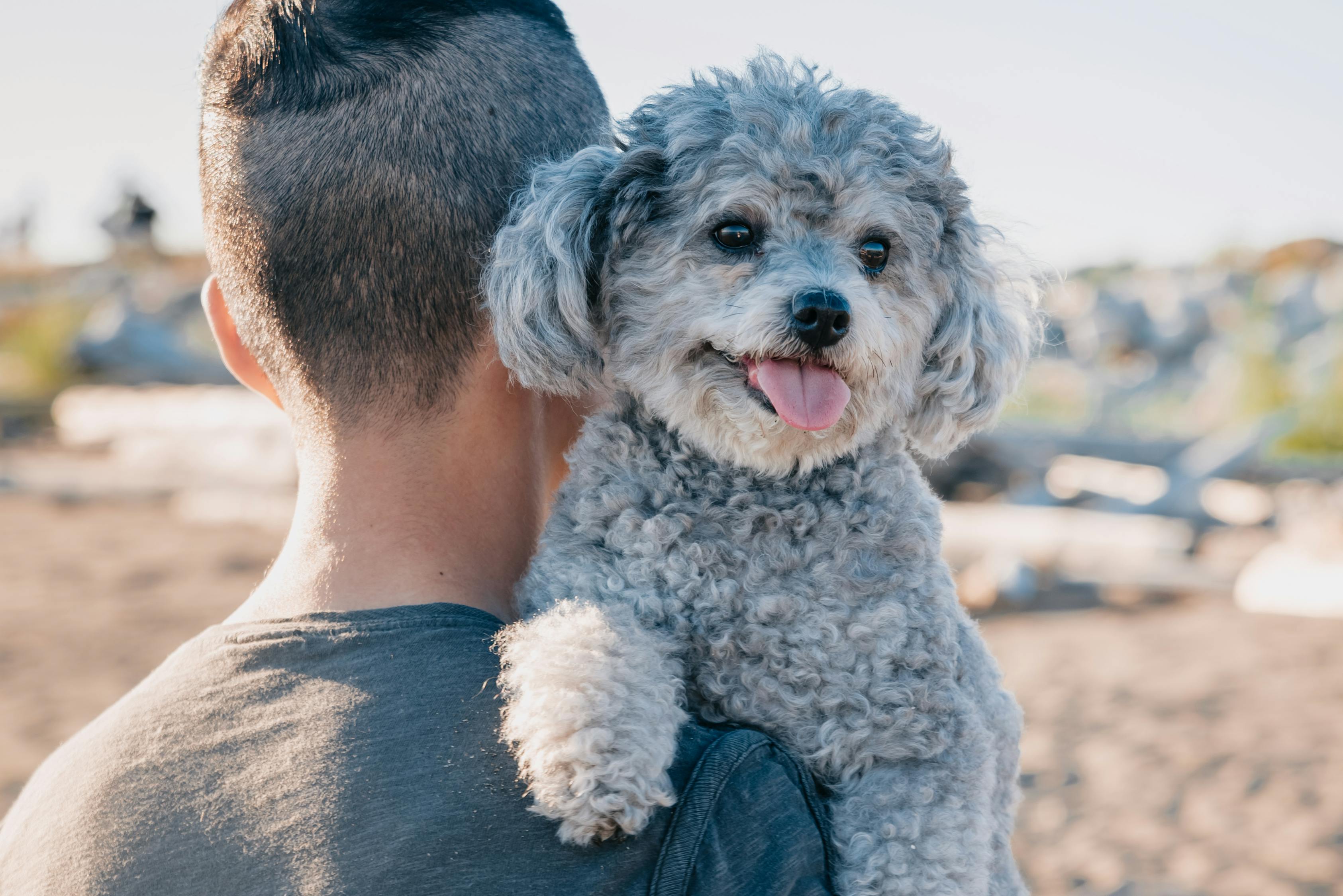Dogs require a ramp when they begin to have trouble jumping in and out of an SUV when it might have been a piece of cake before. The reason for these failed attempts could be that your dog has grown older. However, some dogs, despite their age, need a ramp or stairs to make higher spots more easily accessible.
Small dogs and dogs with a disproportionate body-to-leg ratio like Chihuahuas and Dachshunds, must use stairs or ramps.
Whatever the case may be, teaching them how to use a ramp and stairs can go a long way.
Why Do You Need to Train Your Pooch to Use a Dog Ramp?
Dogs who don’t require ramps or stairs may have to use them when they are older. Due to lifelong wear and tear on their bodies, or any bone or joint-related diseases, dogs can feel pain even when climbing down from relatively low spots.

Using ramps can be easy, but some dogs may find them scary. Ramps and stairs serve the same purpose so you need to choose one, considering what’s more convenient for you and your dog.
As for most other methods, positive reinforcement is required to teach your dog to use a ramp or stairs. Positive reinforcement will motivate your pooch to use the ramp even when you’re not around.
Ramp Training
Ramps' heights can be adjusted depending on the object they are resting on, which makes it easy for them to be used at a low inclination. During initial training, practice by laying the ramp on a stable, flat area so it won’t slide, such as in the grass or on the carpet. Teach your dog to follow a treat as you lure them across the flat ramp.You’ll now need to teach your dog to follow treats. To start, give a treat when your dog puts their first paw on the ramp. One more treat when they put their second paw on the ramp. Your goal is to get all four paws on the ramp's surface.
Now, let your dog follow the hand holding the treat. If your pooch takes even one step ahead, give a treat from the freehand. Your mission is now to make your dog follow your hand to the other end of the ramp.
If your buddy gives up in between and gets off the ramp, start from the beginning. This time, be a little more patient and take things slower. During this time, don’t forget to provide positive reinforcement with treats and a sweet voice.
Once your buddy keeps up with your hand holding the treat, you should remove the treat and try to lead him with an empty hand. Keep trying until you succeed. If your dog doesn't follow your hand, be easy on them and take your time with the initial steps. If your dog still needs treats as motivation, toss a treat from a free hand.

Do not lose your temper with your dog at any cost. If your pup is scared of the ramp and you shout at him, you’re validating their thoughts! Be patient and train your dog to use the ramp multiple times a day.
When your dog can follow your hand easily without treats as motivation, you can now teach them to turn around and return to the position where they started. Choose a phrase and say it before you make them follow through the return path.
Once your dog masters this task, it’s time to slightly increase the inclination and help them to use it without worrying about the height increase. If your dog gets off the ramp midway, it might mean your dog is afraid of the sudden change in height so be sure that you gradually increase the inclination.
Keep practicing the drill and your dog will be able to use the ramp without a problem! Once your dog starts using ramps, they will find them as a comfortable alternative to hop in and out of the truck, SUV, couch, or any other surface that may be too high for them.
If you have any questions or want to share your experience, leave a comment!


Share:
How Traveling with My Furry Friend Has Boosted My Mental Health
5 Things to Consider Before Getting Your Child a Dog